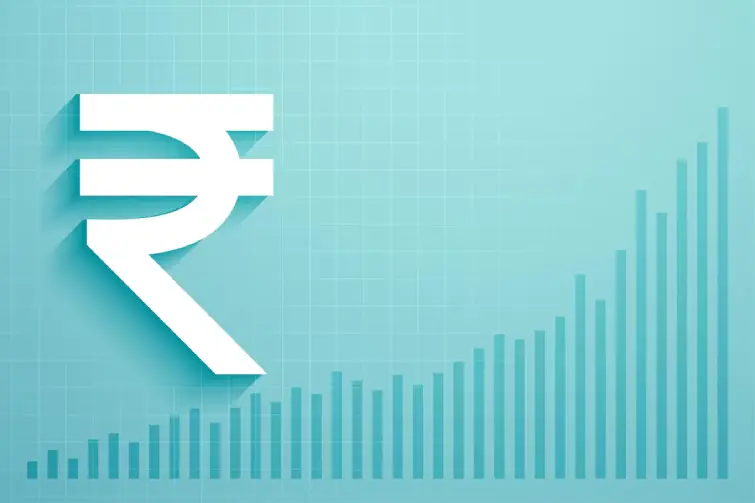The Reserve Bank of India (RBI) reduced its repo rate by 25 basis points to 6.25%, marking its first rate cut in five years. This move, coupled with the Finance Ministry’s recent decision to lower the tax burden for the middle class, is expected to have a significant impact on the Indian economy by boosting consumption and investment. The RBI’s decision aligns with the global trend of monetary easing, as major central banks—including the Bank of England, the Bank of Mexico, and the European Central Bank (ECB)—have recently reduced interest rates to counteract economic slowdowns and inflationary pressures.
Key Drivers of the Rate Cut
The RBI’s move is primarily influenced by easing inflation, which stood at 5.22% in December 2024. Additionally, the RBI anticipates that food inflation will remain controlled, supported by favorable kharif and rabi crop prospects. Another crucial factor justifying the rate cut is slower-than-expected GDP growth, now projected at 6.4% for FY2025, down from an earlier estimate of 7.2%. This strategic reduction in rates aims to stimulate economic activity by boosting the consumption demand and providing impetus to investments by the private sector, enhancing affordability, and creating a favorable borrowing environment.
Impact on Key Sectors and Investments
The reduction in income tax will increase disposable income, stimulating consumer spending. Simultaneously, lower borrowing costs will make consumer loans more affordable, benefiting interest rate-sensitive sectors such as consumer durables, automobiles, real estate, NBFCs, HFCs, and infrastructure-related businesses. Additionally, a lower cost of capital will enhance corporate profitability, driving higher production, investment, and business expansion. Export competitiveness is also expected to improve, further encouraging capital investments and industrial growth. As consumption rises, companies will invest further to meet demand, supporting GDP expansion and employment generation
Comparison with Global Markets and Foreign Investor Sentiment
While India’s repo rate is relatively high at 6.25%, it remains comparable or better than developed markets in terms of real interest rate, which stands at 1.03%—higher than the Eurozone.The impact on foreign investor sentiment remains mixed. Anticipation of the rate cut has already led to ₹182 billion ($2.09 billion) in foreign bond purchases, reflecting increased investor confidence in India’s debt market. However, for sustained foreign investment flows, the rate cut must translate into higher GDP growth while keeping inflation under control. Investors will closely monitor whether monetary easing fosters long-term financial stability.
Conclusion: Balancing Growth and Stability
The combined impact of RBI’s rate cut and fiscal incentives is expected to stimulate consumption, support investments, and boost economic revival. However, the key challenge remains ensuring inflation remains in check while supporting investment-led expansion. Going forward, careful monitoring and effective policy implementation will be crucial in maintaining long-term economic stability and financial well-being.

